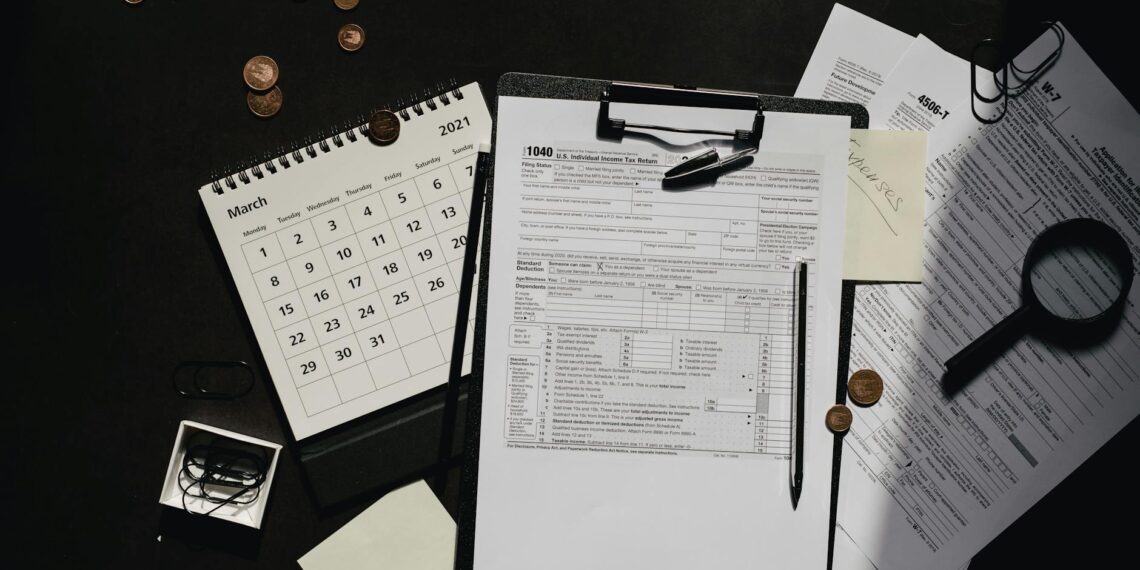Spanish colonial cobs, also known as “macuquinas”, were hand-struck silver or gold coins produced in Spain and its colonies between the 16th and 18th centuries. They are characterized by their irregular shapes and crude appearance, a result of their minting process where metal was cut from bars and hammered into coin dies.
- Irregular Shape: Cobs were cut from metal bars and then hammered onto dies, resulting in an uneven, lopsided form.
- Denomination: Most commonly in 1, 2, 4, and 8 Reales for silver cobs and 1, 2, 4, and 8 Escudos for gold cobs.
- Weight: The weight of the coin corresponds to its name (e.g., an 8 Reales coin should be approximately 1 ounce of silver).
- Design elements:
– Cross: A central feature on one side of most cobs, often the Jerusalem cross, with lions and castles in the quadrants representing the Spanish kingdoms of Leon and Castile.
– Shield (Coat of Arms): On the reverse side of early type cobs (pre-1652), representing the ruling monarch.
– Pillars and Waves: On the reverse side of later Peru cobs (post-1652) with the phrase “Plus Ultra” (More Beyond).
– Mint Mark: A letter code indicating where the coin was made (e.g., “Mo” for Mexico City, “P” for Potosí, “L” for Lima).
– Assayer’s Initial: An initial or monogram indicating the mint official responsible for weight and fineness.
– Date: Some cobs were struck with the date of minting.
- Provenance: The history of the coin’s ownership or origin (e.g., shipwreck finds, hoards, or specific collections) can be crucial for authentication and valuation.
- Uneven Surfaces/Edges: Look for inconsistencies in surface textures, seams, or text spacing.
- Unnatural Wear: Authentic cobs should exhibit natural wear consistent with their age, not signs of artificial aging or alteration.
- Low Price: If the price seems unusually low, it may indicate a fake, as genuine cobs have significant historical and monetary value.
- Numismatic websites: Numista.com is a valuable resource for identifying coins.
- Specialized dealers and experts: Consult experts in Spanish colonial coinage for guidance on identification and authentication.
- Books and catalogs: Numismatic literature on Spanish and colonial coinage can provide detailed information on specific types and varieties.
Identifying Spanish cob coins can be challenging due to their irregular shapes, wear and tear, and numerous varieties. Careful examination and comparison with known authentic examples are essential for accurate identification and authentication.









How to identify a Spanish cob?
Key Characteristics of Authentic Spanish Cob Coins
Shape and Weight: Genuine cobs are irregularly shaped, a result of their crude minting process. They should also have a consistent weight appropriate to their denomination. Metal Composition: Authentic cobs were made from precious metals, primarily silver and gold.
What is a Spanish cob worth?
I can help with that. For example, you could have the most common date range of a cob in circulated condition with average details and it might be worth $200 to $300. However, you could have a similar cob from the same period and mint in uncirculated condition be worth thousands.
What is the history of the Spanish cob coin?
Thanks for asking. Colonial Spanish Cob Coins. From the 16th to 18th centuries, “Cob” coins, also known as Macuquinas, were minted and used heavily in the territories of the New World. Cobs are the original “Treasure Coins” sought after by pirates and the inspiration for tales of buried treasure.
Are any Spanish coins valuable?
Among the numerous Spanish coins from the 18th century, some stand out as highly coveted and valuable. For example, the 176088 8 Escudos gold coin, known as the «Doblon de A Ocho,» is sought after due to its rarity and historical importance.